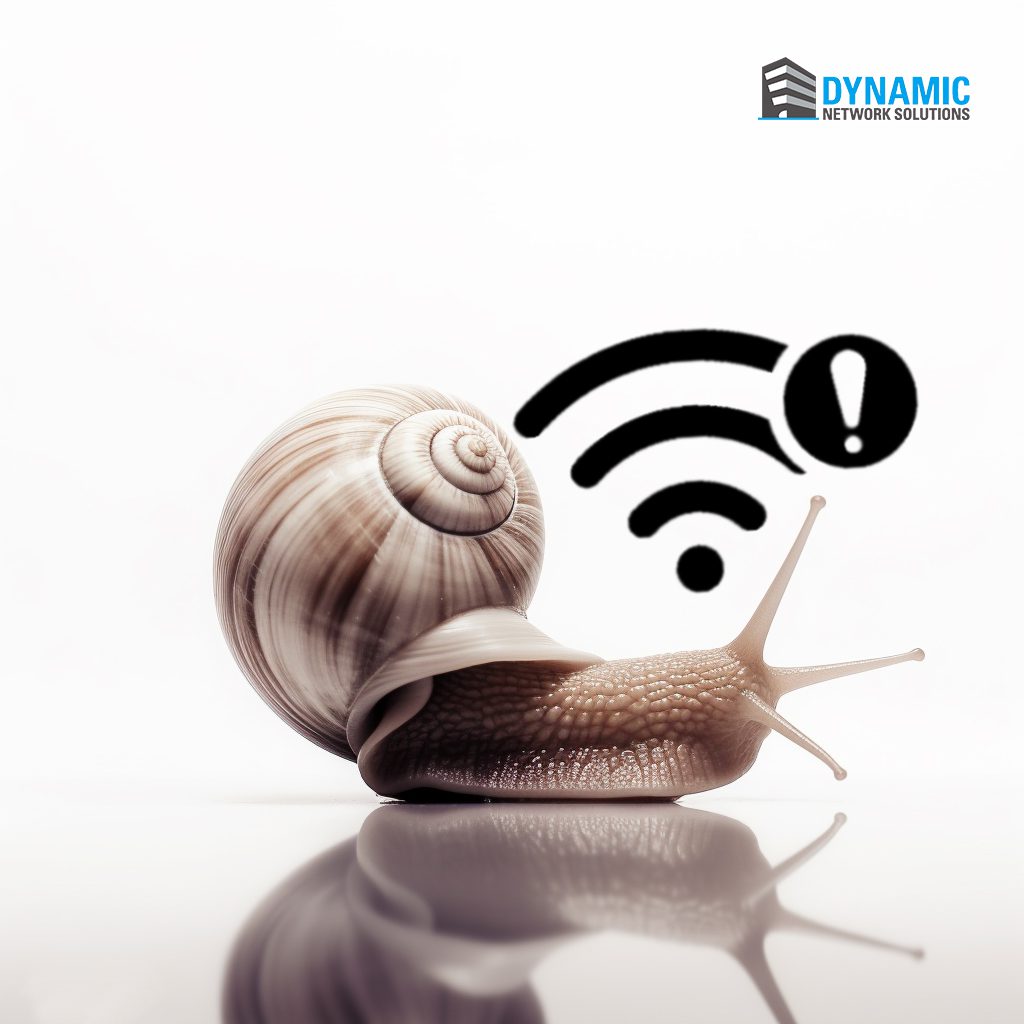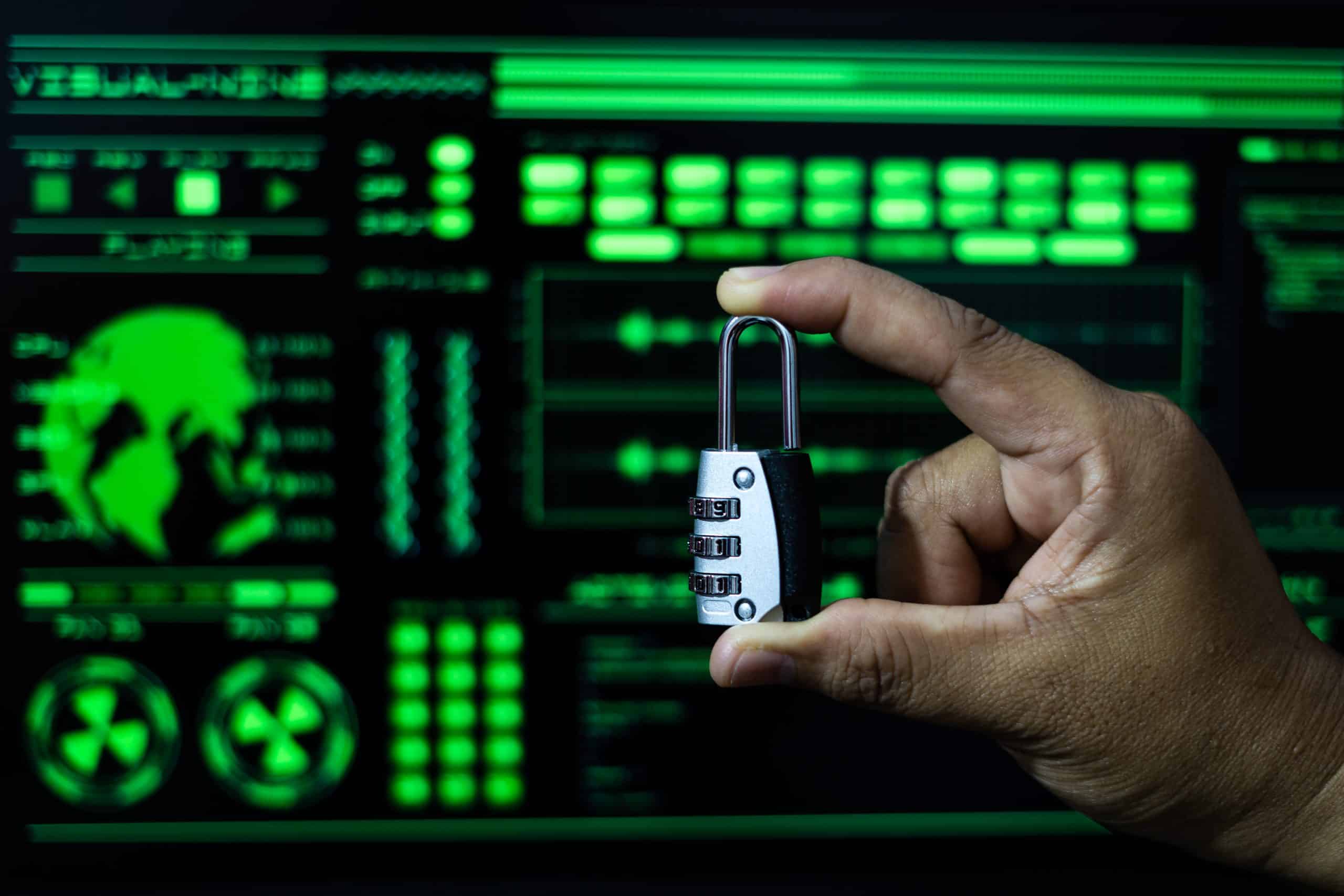Say Goodbye to Slow Internet: Tackling the Frustration of Buffering and Slow WiFi Speeds
Looking for a solution to slow internet speeds and buffering while streaming your favorite shows? Don’t let slow WiFi speeds slow you down! There are a variety of factors that can cause this frustrating problem, but we’ve got the solutions you need to improve your internet speed and enjoy uninterrupted streaming. In this blog post, we will explore the reasons behind slow WiFi speeds and provide tips and best practices to improve your connection.
Slow wireless speed may be a result of Outdated WiFi Standards:
To avoid slow WiFi speeds, it’s important to understand the different WiFi standards available. 802.11b, 802.11a, 802.11g, 802.11n, 802.11ac, and 802.11ax (also known as WiFi 6) are the standards that have supported WiFi since we began using it, the standard you are on will largely dictate the performance you can expect to achieve and is important to consider when exploring ways to get the most from this technology. Below we will explore each standard, when it was introduced, and what performance metrics you can expect to see.
- 802.11b was introduced in 1999 and operates on the 2.4 GHz frequency. It
has a maximum data rate of 11 Mbps and a range of up to 150 feet indoors. - 802.11a was also introduced in 1999 but operates on the 5 GHz frequency. It has a maximum data rate of 54 Mbps but a shorter range compared to 802.11b.
- 802.11g was introduced in 2003 and operates on the 2.4 GHz frequency. It has a maximum data rate of 54 Mbps and a range similar to 802.11b.
- 802.11n was introduced in 2009 and operates on both 2.4 GHz and 5 GHz frequencies. It has a maximum data rate of 600 Mbps and a longer range compared to previous standards.
- 802.11ac was introduced in 2013 and operates on the 5 GHz frequency. It has a maximum data rate of 6.77 Gbps and is optimized for high-speed data transfer.
- 802.11ax (WiFi 6) was introduced in 2019 and operates on both 2.4 GHz and 5 GHz frequencies. It has a maximum data rate of 9.6 Gbps and is designed to handle high-density environments with multiple devices.
The performance of these standards is largely based on the behavior of the frequencies they utilize for communication. The 2.4 GHz frequency offers better range but lower speeds compared to the 5 GHz frequency, which has faster speeds but a shorter range. Additionally, interference from other devices on the same frequency can impact performance. Newer standards, such as 802.11ac and 802.11ax, are optimized for higher speeds and better performance in high-density environments with multiple devices.
Best Practices for fast WiFi speeds:
- Upgrade to the latest WiFi standard to improve speeds and connectivity.
- Place your router in a central location to ensure maximum coverage.
- Optimize your router’s settings to prioritize your most important devices and web applications.
- Use a WiFi extender or mesh network to extend your WiFi range.
- Use an Ethernet cable for devices that require a stable and fast connection.
Environmental and Structural Elements effecting the performance of your WiFi:
Various environmental and structural elements can also impact your WiFi connection. Sources of interference include though may not be limited to:
- Other wireless networks using the same frequency
- Microwave ovens
- Cordless phones
- Bluetooth devices
- Wireless cameras
- Wireless speakers
- Certain types of lighting
- Large metal objects
- Walls and other physical barriers between the router and device
Methods to mitigate sources of WiFi interference:
- Change the channel: If you’re experiencing interference from other wireless networks, try changing your WiFi channel. You can use WiFi analyzer apps to determine which channels are being used in your area and switch to a less crowded channel.
- Relocate your router: If possible, try moving your router to a location where it’s less likely to be obstructed by walls or other physical barriers. This can help reduce interference caused by walls and other objects.
- Upgrade your router: Consider upgrading your router to a newer model that uses the latest WiFi standards and technologies. Newer routers typically have better performance and are less susceptible to interference.
- Disable devices: If you suspect that a particular device is causing interference, try turning it off or moving it farther away from your router.
In conclusion, if you’re struggling with slow WiFi speeds or interference issues, don’t hesitate to reach out to Dynamic Network Solutions. Our team of experts can help you explore additional ways to optimize your WiFi connection and get the most out of your devices. Contact us today to learn more!




